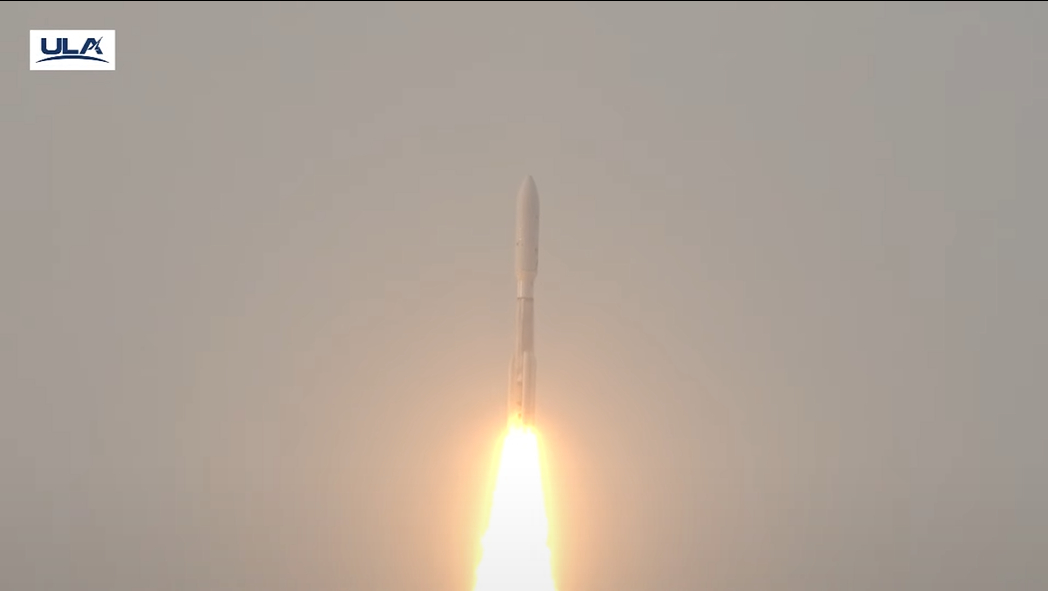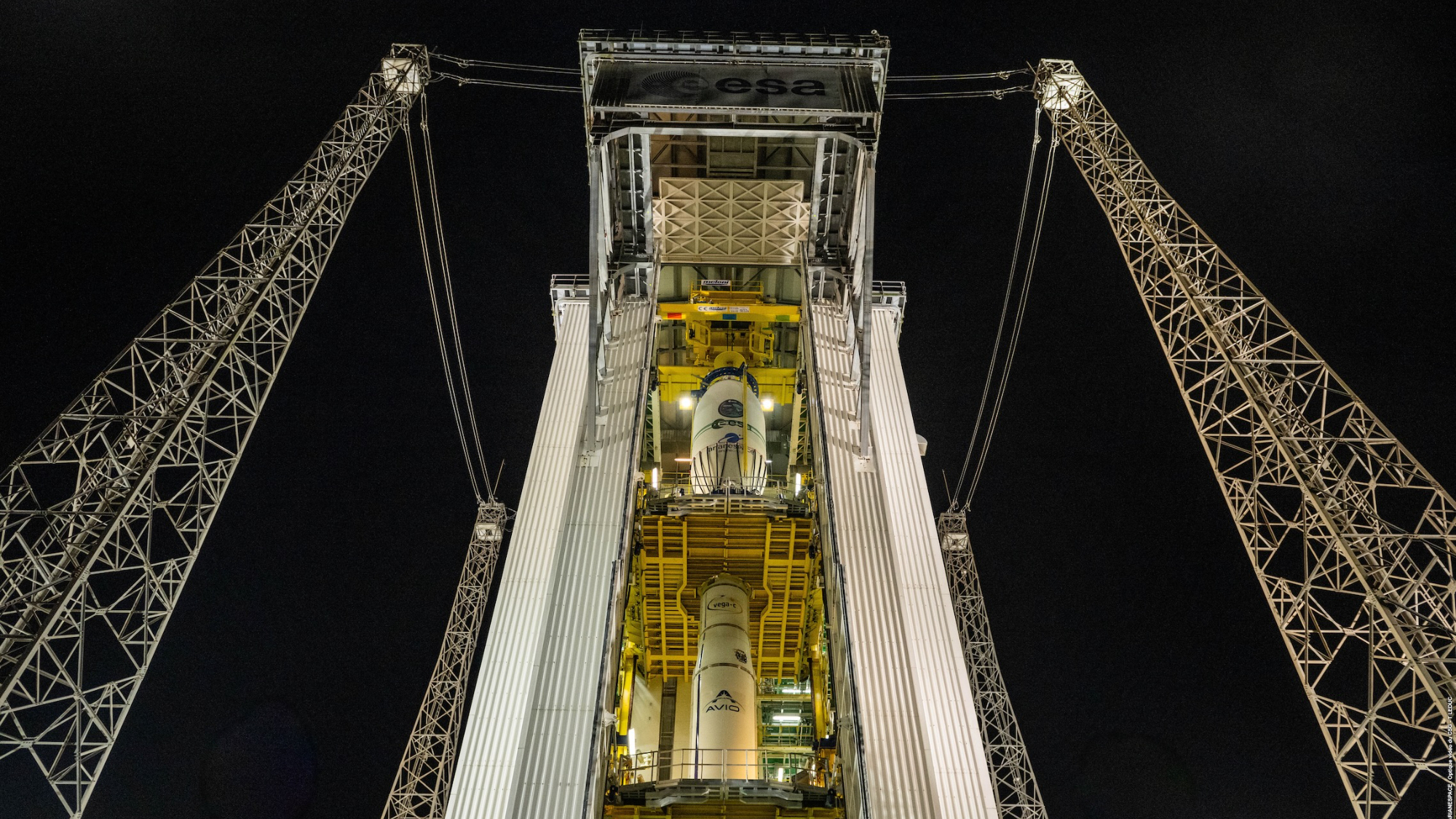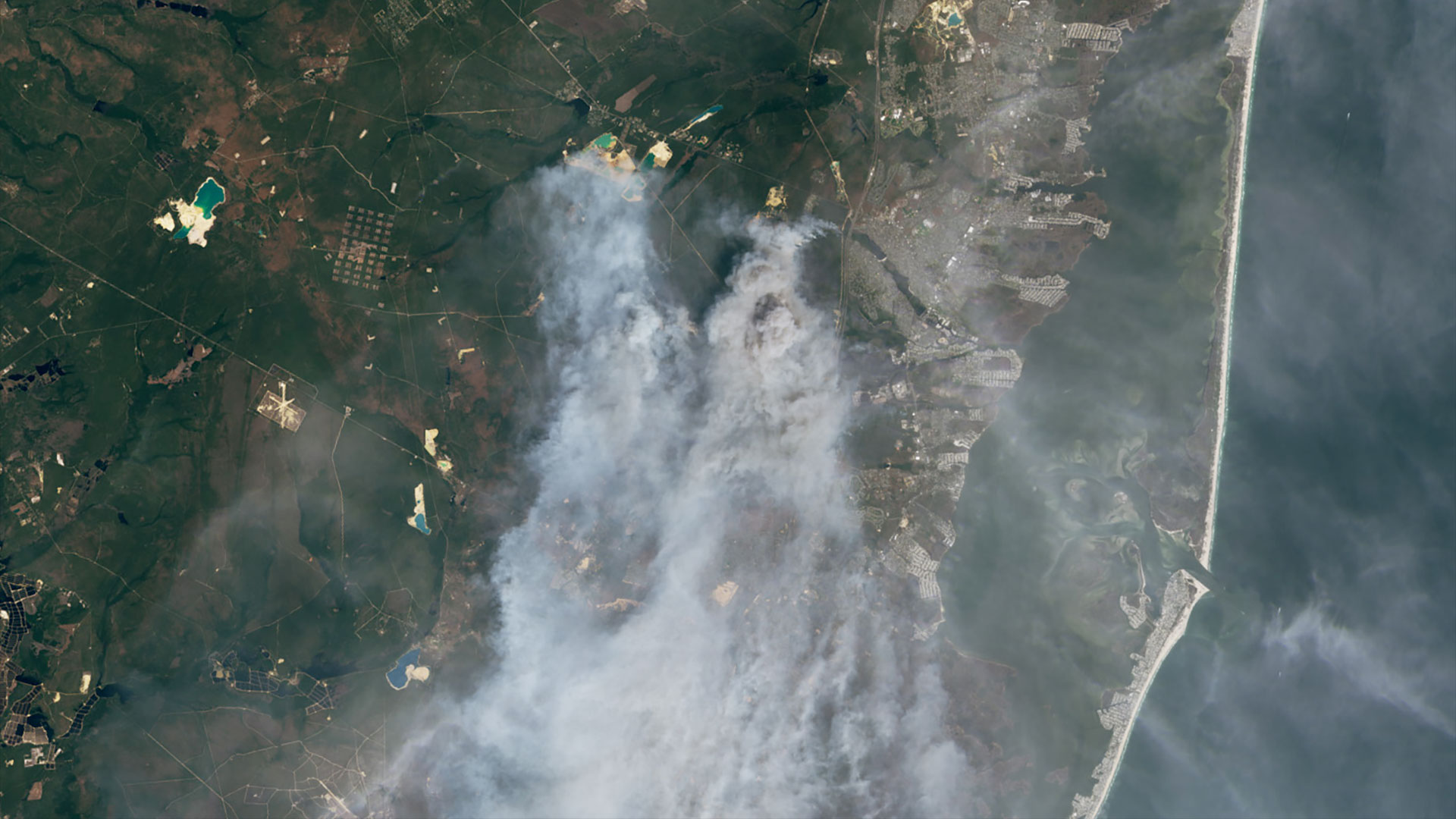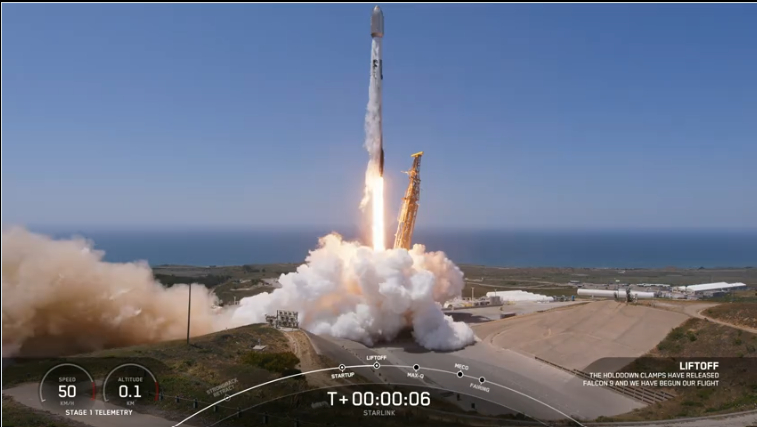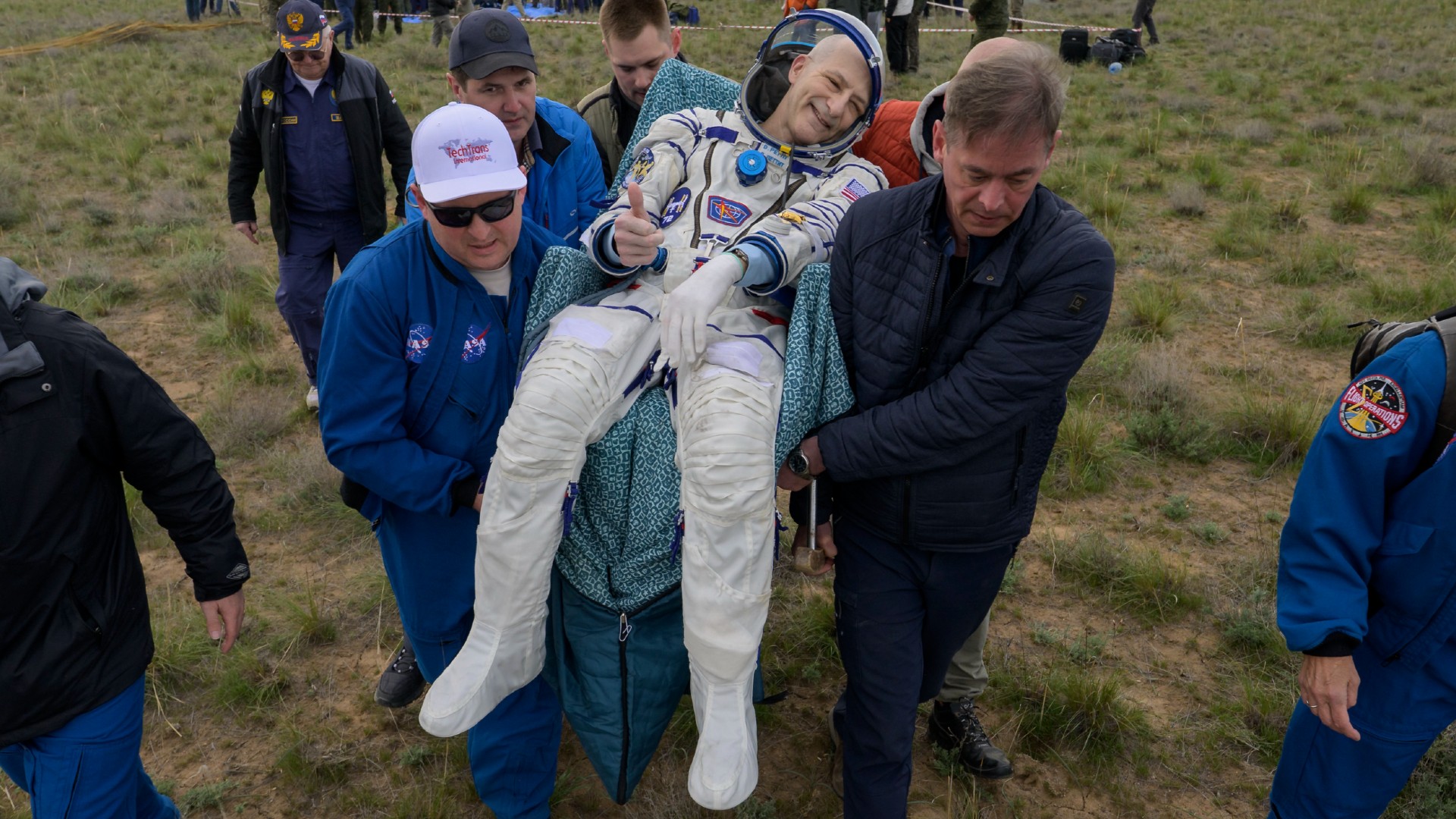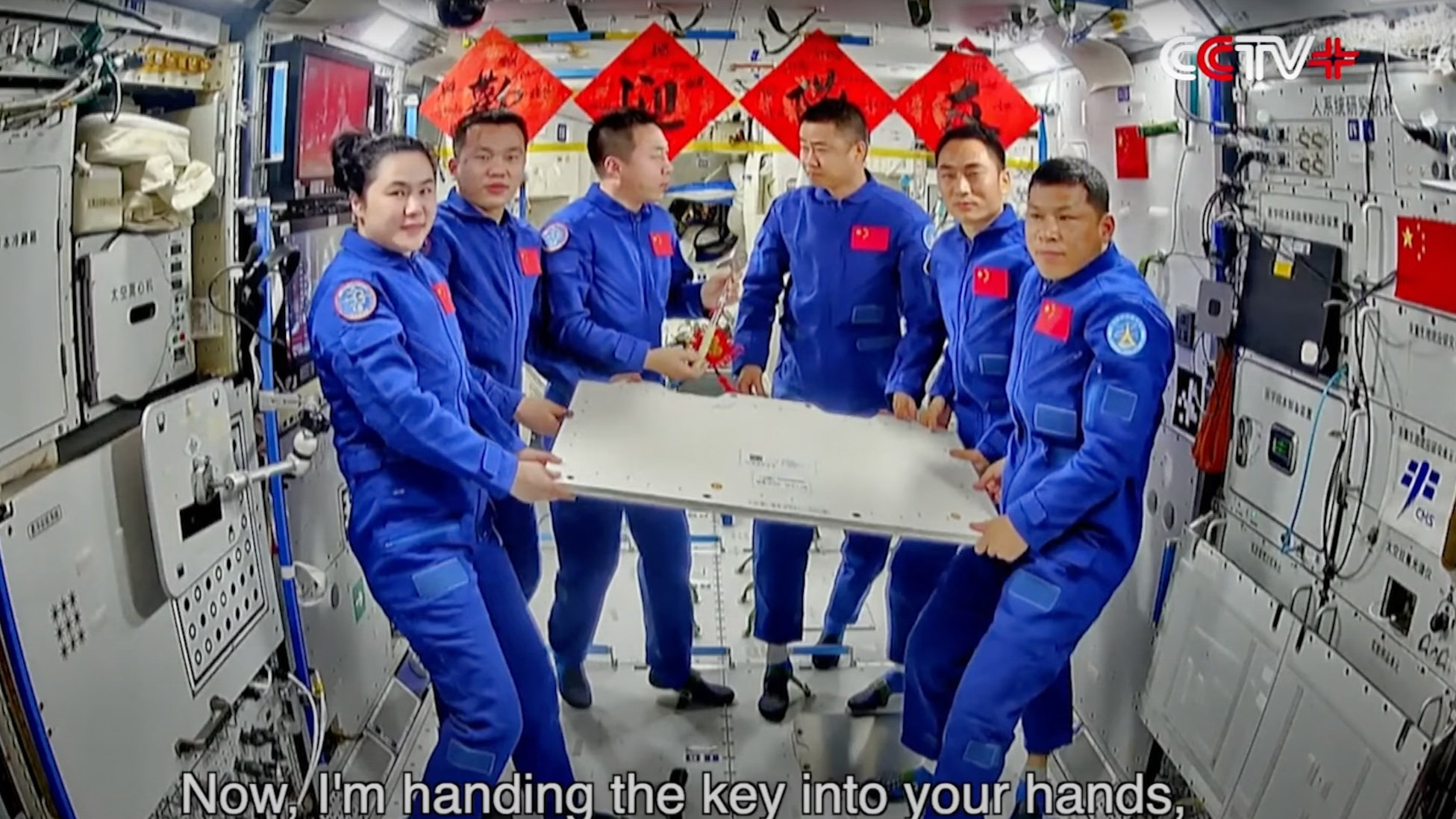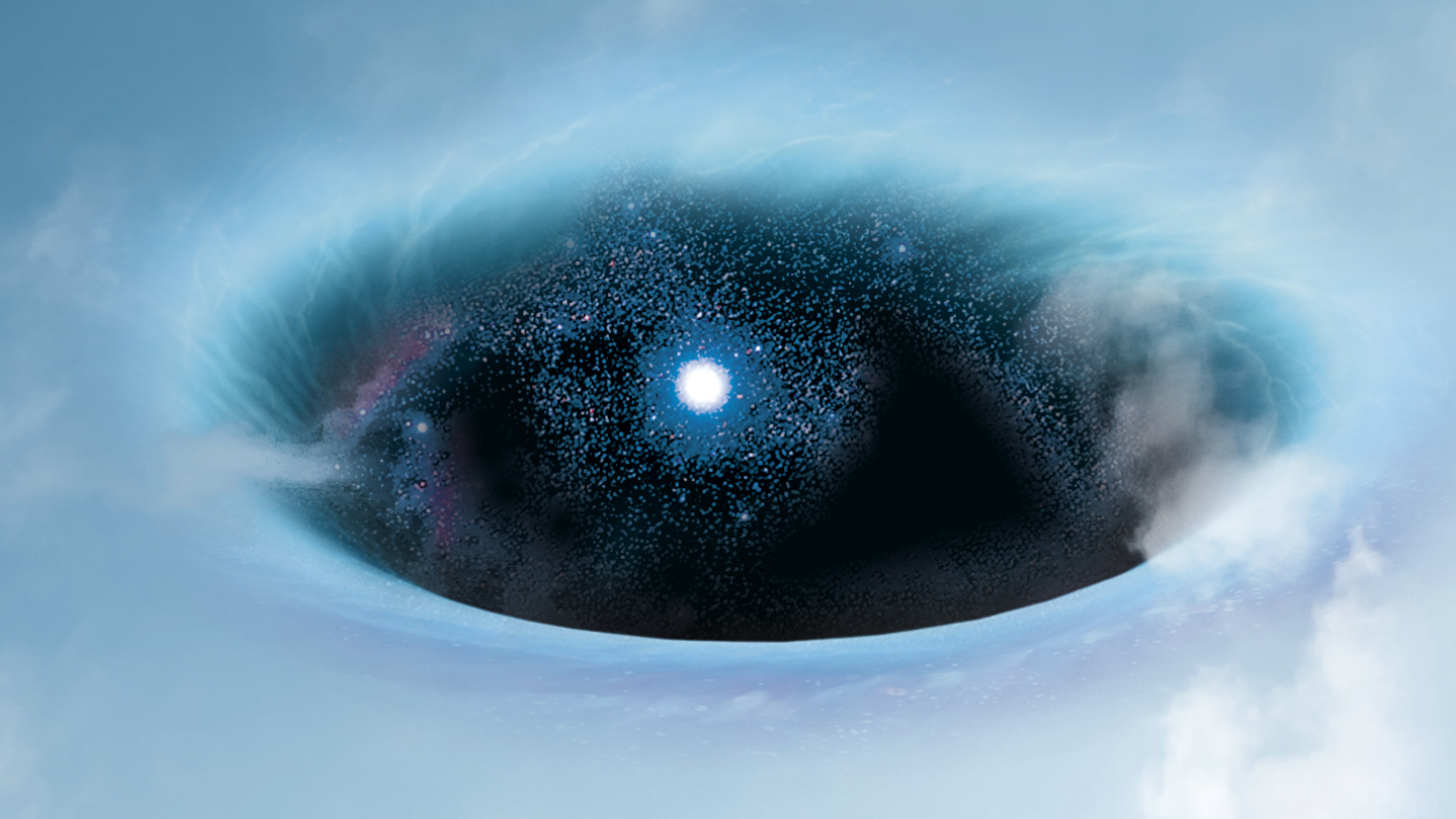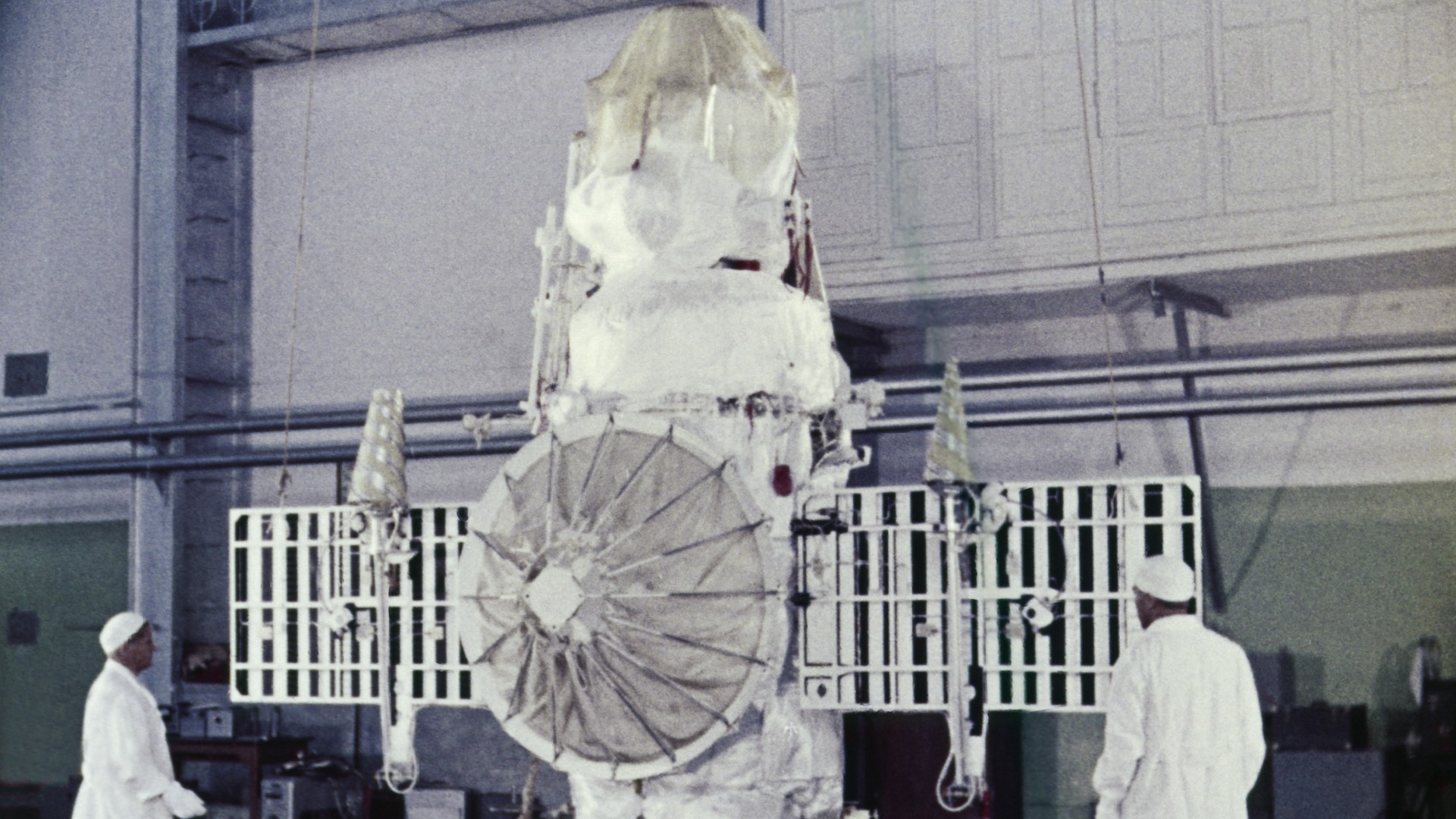A European mission that will use two satellites to create artificial eclipses in Earth orbit launched early Thursday morning (Dec. 5) after a 24-hour delay.
The European Space Agency's (ESA) Proba-3 formation-flying mission lifted off atop an Indian Polar Satellite Launch Vehicle (PSLV) from Satish Dhawan Space Center on Thursday at 5:35 a.m. EST (1035 GMT; 4:35 p.m. local time in India).
The launch was originally scheduled to occur at 5:38 ET (1038 GMT) on Wednesday Dec.4, but the launch was scrubbed due to a technical issue.
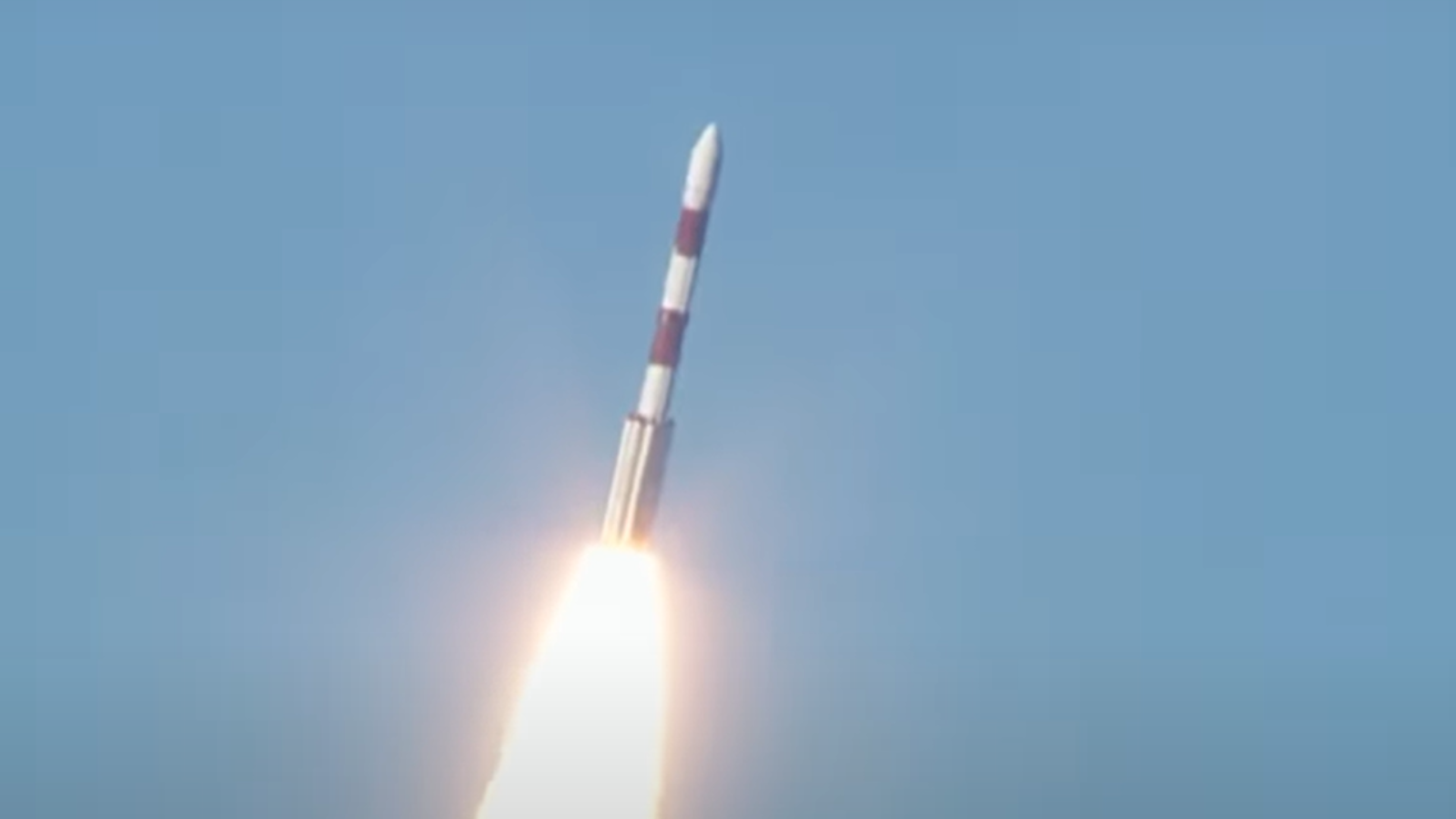
"During Proba3’s pre-launch preparations at the Satish Dhawan Space Centre in India, an anomaly in the redundant propulsion system of the Coronagraph Spacecraft occurred," ESA Director-General Josef Aschbacher said in a statement on social media. "This propulsion system is part of the attitude and orbit control subsystem of the satellite and used to maintain orientation and pointing in space."

ESA also wrote on its X feed: "#Proba3 launch update: As part of standard operations in the preparation of launch, a technical issue was detected in the Proba-3 spacecraft. Liftoff is now scheduled no earlier than 5 December 10:42 GMT/11:42 CET."
#Proba3 launch update: As part of standard operations in the preparation of launch, a technical issue was detected in the Proba-3 spacecraft. Liftoff is now scheduled no earlier than 5 December 10:42 GMT/11:42 CET. Join us live tomorrow➡️ https://t.co/cPbPMCWZ39 https://t.co/2QOzzP2pY8December 4, 2024
ESA and its private-sector partners began developing the 200-million-euro (about $210 million USD) Proba-3 mission back in 2014. It's the fourth flight in the agency's Proba series of low-cost, technology-demonstrating orbital efforts.
Related: Proba-2 satellite sees double when snapping solar eclipse pictures from space
Get the Space.com Newsletter
Breaking space news, the latest updates on rocket launches, skywatching events and more!
The other three are Proba-1, an Earth-observation satellite with a novel hyperspectral instrument that launched in 2001; Proba-2, a sun-studying spacecraft with more than 20 technology and science payloads that took flight in 2009; and Proba-V, which launched in 2012 to map Earth's vegetation (the "V" in the mission's name) using innovative science gear.
All of these predecessors are still going strong in Earth orbit.
Proba-3 consists of two satellites, which together weigh about 1,210 pounds (550 kilograms). If all goes according to plan on Thursday, the four-stage, 146-foot-tall (44.5 meters) PSLV will deliver this duo to a highly elliptical orbit, one that takes them 37,612 miles (60,530 kilometers) from Earth at their most distant point and just 373 miles (600 km) away at their closest.
"After a short preparatory period, the two satellites will be separated and injected into a safe relative tandem orbit," ESA officials wrote in a Proba-3 mission description. "Included in the commissioning period will be a demonstration of the mission’s Collision Avoidance Maneuver, ensuring they can be left safely in an orbit with no risk of collision or running away from each other."
Then the mission's real work will begin — a demonstration of formation flying, the likes of which we've never seen before.
"As a world first, its two satellites — the Coronagraph spacecraft and the Occulter spacecraft — will maintain formation to a few millimeters and arc second precision at distances of around 150 meters [492 feet] for six hours at a time," ESA officials wrote. "In effect, the pair will be forming a virtual giant satellite. And this will be achieved autonomously, without relying on guidance from the ground."
While aligned in this incredibly precise fashion, the Occulter will block the sun's disk from the Coronagraph's perspective, creating a total solar eclipse for the latter spacecraft. This will allow the Coronagraph to study the corona, the sun's wispy, unfathomably hot outer atmosphere, which is usually lost in our star's glare.
"Compared to a total eclipse [on Earth], each one of which which lasts just a few minutes and occurs only around 60 times a century, Proba-3 will be able to study the corona for six hours in every 19hr 36min orbit, a factor of a hundred improvement in uninterrupted study time," ESA officials wrote in the mission description.
Proba-3, which is expected to operate for at least two years, could therefore help scientists solve some sun mysteries, including why the corona is so hot and how the solar wind gets accelerated to such tremendous speeds. But the formation-flying technologies it will prove out may end up being the mission's most lasting legacy.
"Achieving precise formation flying opens up a whole new era for science and applications," ESA officials wrote. "Future missions could be assembled on a much larger scale. Applications of interest include Earth observation as well as in-orbit satellite servicing."
Join our Space Forums to keep talking space on the latest missions, night sky and more! And if you have a news tip, correction or comment, let us know at: community@space.com.

Michael Wall is a Senior Space Writer with Space.com and joined the team in 2010. He primarily covers exoplanets, spaceflight and military space, but has been known to dabble in the space art beat. His book about the search for alien life, "Out There," was published on Nov. 13, 2018. Before becoming a science writer, Michael worked as a herpetologist and wildlife biologist. He has a Ph.D. in evolutionary biology from the University of Sydney, Australia, a bachelor's degree from the University of Arizona, and a graduate certificate in science writing from the University of California, Santa Cruz. To find out what his latest project is, you can follow Michael on Twitter.
